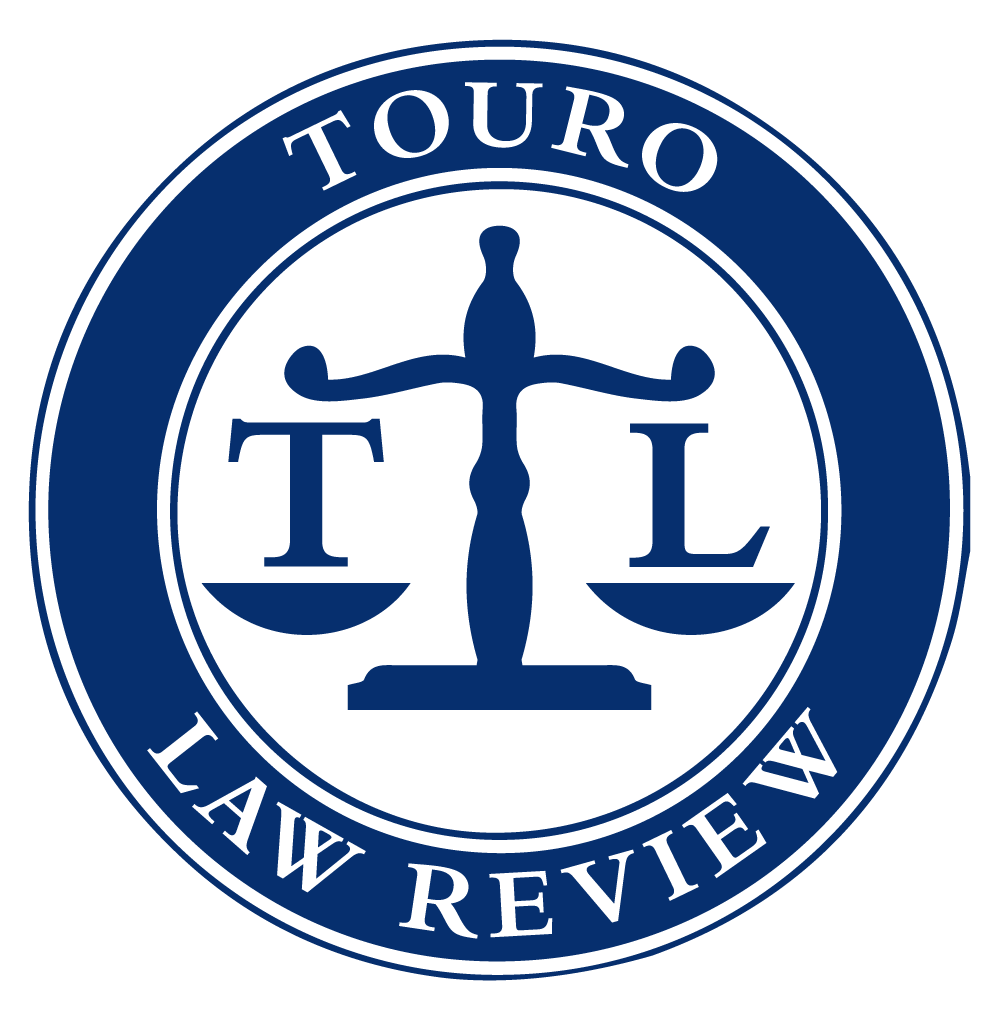
Touro Law Review
Abstract
In 2006, Greg Gillis was a twenty-four year old leading a double-life. During the day he was a biomedical engineer, but by night he was slowly becoming an infamous mash-up artist. His albums mixed "Top 40" radio hits into a unique postmodern audio pastiche. Under the moniker Girl Talk, Greg made his entrance into the limelight with the release of Night Ripper, his third album. Night Ripper began gaining attention as audiences became intrigued and excited by Greg's ability to blend numerous artists, old and new, into one seamless track. To illustrate, the first track on Night Ripper, "Once Again," digitally samples nearly twenty songs, ranging from classic artists such as Boston and Genesis to contemporary rap and pop artists like Ludacris and Oasis. Each digital sample is usually only a few seconds long and represents a mere fragment of the original song. The nineteen digital samples were then mixed together to create one innovative track with a time span of two minutes and forty seconds.
By the end of 2006, Night Ripper made both Rolling Stone 's and Pitchfork's' top albums of the year list, even though iTunes and CD distributors refused to sell Greg's albums due to their use of unlicensed digital samples. Despite Greg's handicap in distributing his album, his live show reputation led to bookings across the country, allowing him to quit his day job as a biomedical engineer, and ending his double life. The show's party atmosphere usually included toilet paper shooters, large balloons, and Greg barely clothed by the end.
By early 2008, Greg began to receive national press from Newsweek and The New York Times. However, the attention was notpurely due to his music ingdnue, but focused more on the fact that Greg's albums contain over 300 samples, which he neither licensed nor received permission to use. In spite of this, Greg has yet to see a courtroom for his alleged infringement.
This Comment will examine Greg Gillis’ potential to prevail against a claim of copyright infringement under current law. Part I will describe digital sampling and provide a brief history of its use. Part II will discuss copyright protection for both musical compositions and sound recordings, and the availability of the de minimis defense when either a musical composition or sound recording's copy right is infringed upon. Part III will examine the fair use doctrine andGreg's ability to argue that defense if a copyright infringement claim is brought against him.
Recommended Citation
Rezaie, Shervin
(2012)
"Play Your Part: Girl Talk's Indefinite Role in the Digital Sampling Saga,"
Touro Law Review: Vol. 26:
No.
1, Article 6.
Available at:
https://digitalcommons.tourolaw.edu/lawreview/vol26/iss1/6
Included in
Business Organizations Law Commons, Entertainment, Arts, and Sports Law Commons, Intellectual Property Law Commons



